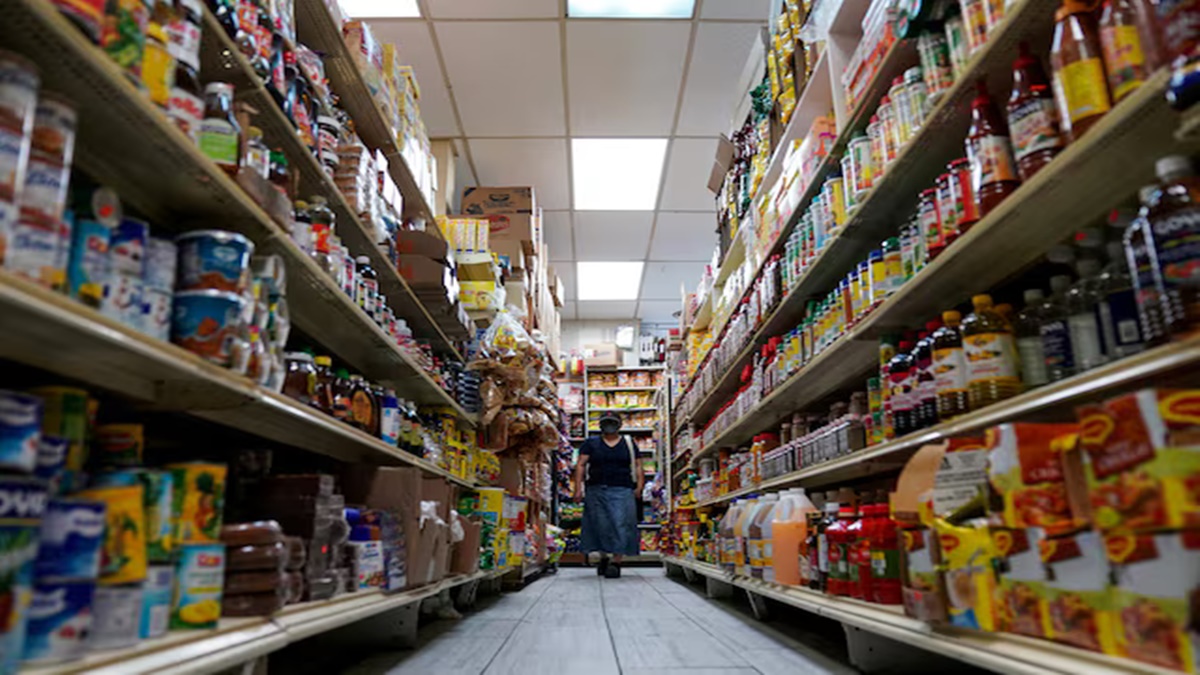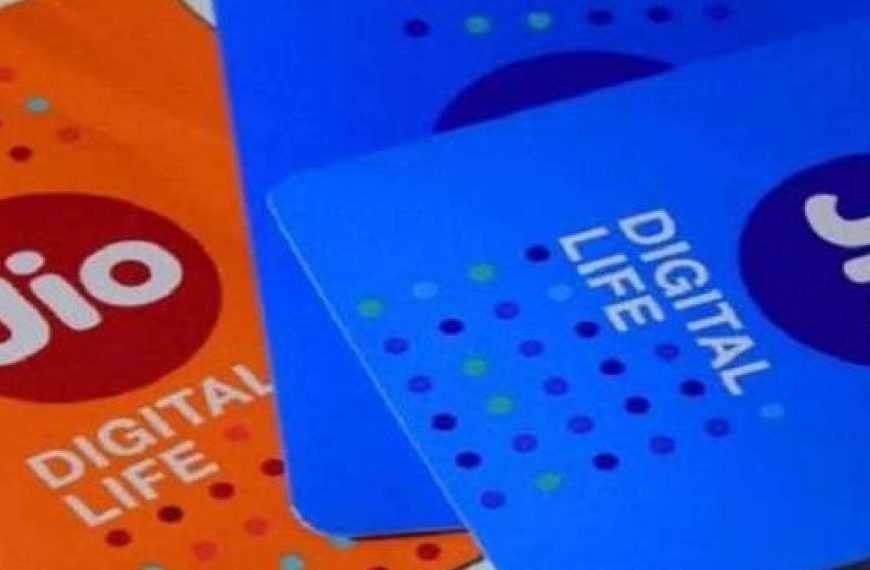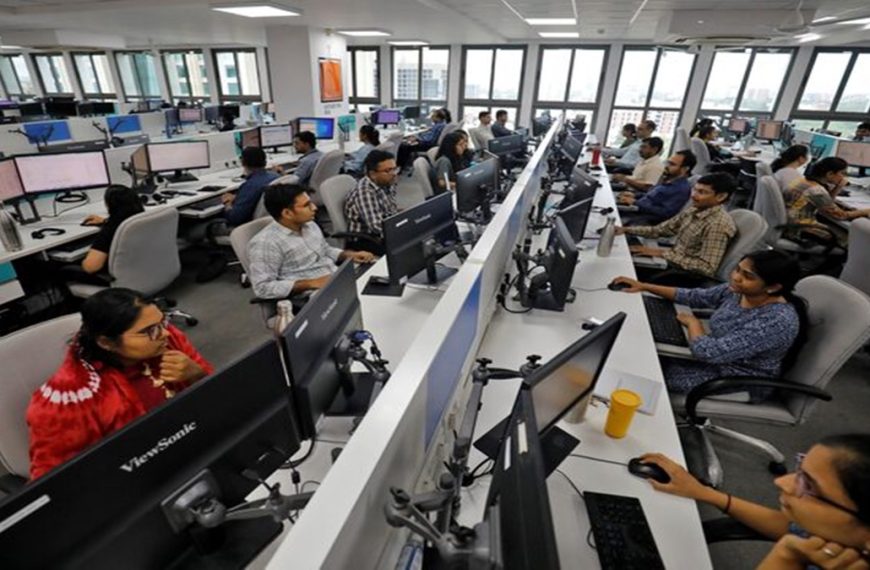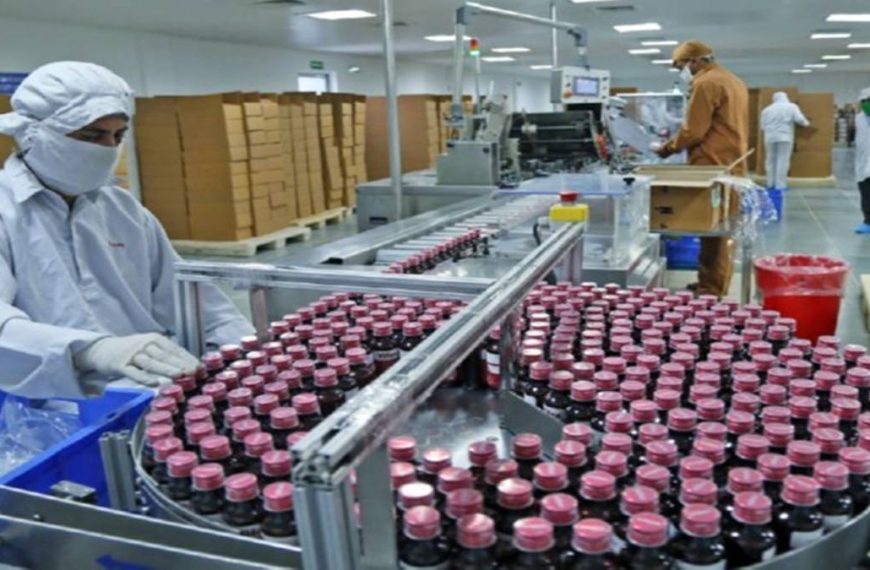Rural consumption is emerging as a key driver in India’s Fast-Moving Consumer Goods (FMCG) sector. A recent analysis by NielsenIQ revealed an impressive 11% year-on-year growth in the fourth quarter, with rural markets outpacing urban areas for the fifth consecutive quarter. Although rural sales represent just over a third of total consumer goods sales, they have become a beacon of optimism for the FMCG industry.
Rural Markets Outperform Urban Areas
The NielsenIQ report indicates that growth in rural areas is propelled by a 5.1% increase in volume and a 5.6% rise in prices. Notably, the number of unit sales surpassed overall volume figures, suggesting a growing consumer preference for smaller packaging options. This shift reflects changing buying habits among consumers in rural settings.
Roosevelt Dsouza, Head of Customer Success for FMCG at NielsenIQ India, stated, “Rural markets are at the forefront of growth, while urban centers are increasingly leaning towards e-commerce with elevated shopper engagement. With optimistic monsoon predictions and updated tax brackets, we anticipate a boost in consumption in the coming quarters.”
Rural Demand: A Rapid Surge
In Q4, the demand from rural consumers increased at a rate four times greater than urban markets. While year-on-year growth may seem slower compared to the previous fiscal year, rural areas have outperformed urban markets, which have experienced a notable decline in consumption. Traditional trade volumes have also seen an uptick, rising to 6.2% in Q4 FY25, compared to 5% in Q4 FY24.
Shifting Consumer Preferences
When examining product categories, home and personal care (HPC) items showed robust demand, while food consumption saw a slowdown, registering 4.9% growth in Q4 FY25 compared to 6% in the same quarter last year. This decline is largely attributed to reduced volumes in essential items like edible oils, which have faced price hikes.
Conversely, HPC categories achieved a 5.7% growth during the March quarter, with rural areas contributing significantly to this increase. Additionally, over-the-counter products, such as rubefacients and analgesics, experienced a 14% growth in value sales in Q4 FY25, driven by a 10.4% rise in prices.
E-commerce: The Future of Retail
NielsenIQ’s analysis shows a notable strengthening of e-commerce across eight metropolitan areas, impacting the share of both modern and traditional trade channels. E-commerce now accounts for 22.8% of modern trade and 62.5% of traditional trade. The online sector has seen a remarkable 39.9% growth in metro areas, fueled by increased online shopper penetration and larger basket sizes.
Opportunities for Small Manufacturers
Interestingly, Dsouza pointed out that smaller manufacturers are capitalizing on a low base and evolving market dynamics. He noted, “The combination of a low base, strong rural growth, and easing inflation is enabling smaller players to surpass broader FMCG growth.” However, he cautioned that monitoring long-term trends is essential for a comprehensive analysis of market dynamics.
In conclusion, the FMCG landscape in India is evolving, with rural consumption emerging as a critical growth factor. As consumer behavior shifts and e-commerce gains traction, the future looks promising for both established and emerging brands in the sector.











